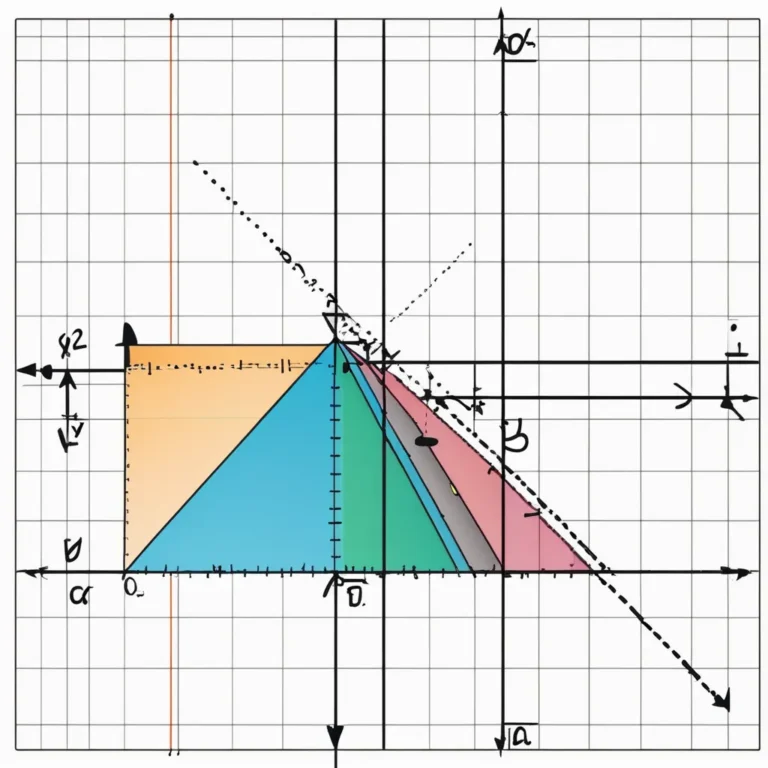Understanding data and its distribution is essential for accurate analysis in various fields such as statistics, science, and business. A standard deviation calculator is a vital tool that streamlines this process by offering a quick and dependable way to measure how data spreads around the mean.
What is Standard Deviation?
Standard deviation is a statistical measure that indicates the degree of variation or dispersion in a set of data values. A low standard deviation suggests that the data points are clustered closely around the mean, while a high standard deviation indicates that the data is spread out over a broader range.
The formula for standard deviation is:
Where:
σ: Standard deviation
x: Each data point
μ: Mean of the data set
N: Number of data points
Why Use this Calculator?
Calculating the standard deviation manually can be tedious and susceptible to errors, particularly with large data sets. A standard deviation calculator automates this task, ensuring precision and saving valuable time.
Key Benefits:
Efficiency: Quickly compute standard deviation for extensive data sets.
Accuracy: Reduce human errors in calculations.
Convenience: Simple interfaces make it easy to use for both students and professionals.
How to Use a Standard Deviation Calculator
Using a standard deviation calculator is quite simple. Here’s a step-by-step guide:
Input Data: Start by entering your data set into the calculator. Most calculators accept values separated by commas or listed in a sequence.
Choose the Type of Data: Decide if your data represents a population or a sample. This choice slightly alters the calculation, as the formula for sample standard deviation divides by n-1 instead of n.
Calculate: Press the “Calculate” button to obtain the result. The calculator usually shows the mean, variance, and standard deviation.
Applications of Standard Deviation
Standard deviation is commonly used in various fields, such as:
Finance: To evaluate investment risk by analyzing stock price volatility.
Quality Control: To ensure product quality by monitoring variations in production processes.
Education: To assess the consistency of test scores among students.
Science: To evaluate experimental data for reliability and accuracy.
Features to Look For in a Standard Deviation Calculator
When selecting a standard deviation calculator, keep these features in mind:
A user-friendly interface for easy data entry.
Support for both population and sample standard deviation calculations.
Comprehensive output that includes mean and variance.
The ability to handle both small and large data sets.
Cross-platform compatibility for use on mobile devices, desktops, or online.
A standard deviation calculator is an invaluable tool for anyone dealing with data. Whether you’re a student, researcher, or professional, it can save you time and enhance the accuracy of your statistical analysis. By streamlining the complex process of calculating standard deviation, this tool enables you to concentrate more on interpreting your data and drawing insightful conclusions.








